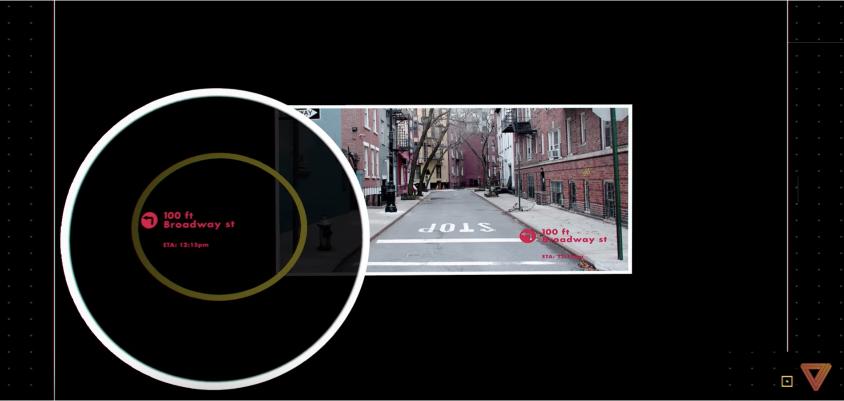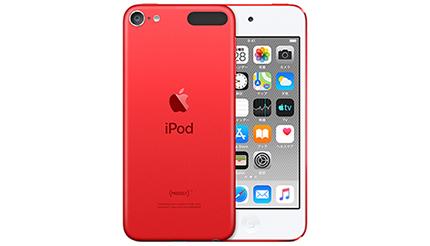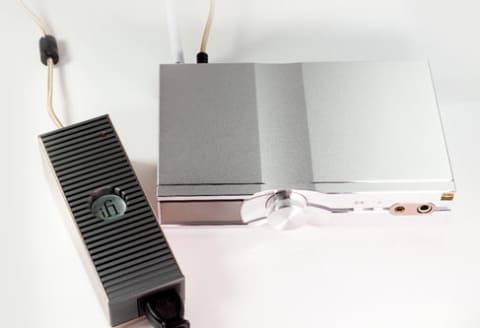Since the design is similar to ordinary glasses, there are some functional limitations. It's a transitional period.
It looks like Intel finally found a way. The same Intel that makes the CPUs that power most of our computers today will do what Google Glass couldn't (and what Magic Leap desperately wants to do). It's like making new smart glasses. It's also a smart glass that you want to wear everyday. Well, if you ask me if I want to play outside, it may be a little different.
Dubbed "Vaunt," the smart glasses may look more like industrial safety glasses than the glasses we typically wear. The glasses, however, replace the information displayed by Google Glass's "prism" by shining a laser directly into the user's eyeball (retina) (don't worry, more on that later). It's true I'm pretty excited about this, but when I read the Verge article about Vaunt, I kind of wondered, "Is that good enough?"
To be clear, I want a "personal PC" that sends information directly to my eyeballs. For example, if you stare at a restaurant, you can tell if the food there is delicious, if you shake hands with someone, you will know their name, or if you just move your eyes, you can see who is calling. Just roll your eyes up and down to read your Twitter feed. I don't want to see this kind of product, the so-called HUD (Heads Up Display), fail anymore. Google Glass's astonishing debacle should have delayed the return of HUDs by at least five years or more.
And Intel's smart glasses are pretty understated. Instead of a colorful display, it uses a technology called VCSEL (Vertical-Cavity Surface-Emitting Laser) that shines a small red display directly into the eye. It's a laser similar to the dot projectors used in printers, mice, and the iPhone X's TrueDepth sensor. According to Intel, the laser is so weak that it's designed in such a way that it doesn't harm the retina when it hits the eye.
This is a good thing, because no one wants to use the tiny amount of laser emitted from the Vaunt glasses that can blind them. However, the smart glasses simply send notifications to the user, similar to receiving notifications on the standby screen of a smartwatch or smartphone.

The visibility is never as good as Magic Leap's AR, or even as good as smartphone AR. It's more like the Pontiac, which projected an image onto a car's windshield more than a decade ago. It's very simple, so the main body is also small. So even if you're wearing Vaunt glasses, people won't immediately know you're wearing a HUD.
This would be an important first step in getting us to adopt HUDs. However, Intel's understated attempts may be significantly overshadowed by products like Magic Leap. The Vaunt glasses have a low resolution of 400x150 pixels and a monochrome display, but at least they disappear from view when not in use, and don't require blind people to adjust their vision. However, you can't collect more data than you can see on your smartphone. So you can't perceive your surroundings and manipulate things accordingly, or look at a plate of food to figure out what kind of pasta you have.
According to The Verge, how the glass works is still in the conceptual stages. Our current test model has a compass and accelerometer, but nothing else yet.
However, Itai Vonshak, Product Principal in Intel's New Devices Group, gave an example of using Alexa to control the glasses. This sounds just like what Vuzix was showing off at CES 2018. Then you will need a microphone and speakers later.
But is talking to glasses the future of interfaces in wearable devices? Should I ask Alexa while I'm on the train or hanging out at the mall? Or will you be using a controller like Magic Leap? Also, gesture operation like Microsoft's HoloLens?
Vaunt glasses bring us one step closer to a world of personal HUDs, but how on earth do we go about using this futuristic computer? It's a pity that Intel didn't explain how it's going to get around this, but Vonshak said, "Don't look socially weird. Don't make people who wear it look like you're crazy, or you're a geeky guy. If you're crackling with your fingers, that's a failure."
Personal computers didn't become popular until the mouse was born. Even smartphones didn't become very popular until Apple came up with pinch/zoom controls. In other words, it is not enough just to develop new technology, but it is necessary to clarify how humans can naturally handle that technology. According to The Verge, Intel hasn't finalized the operability of the glass yet.
Well, I can only hope that Intel will come up with this sooner rather than later. Vaunt Glass is scheduled to be available for developers first in the second half of this year, and it seems that it is compatible with both Android / iOS. It seems that the interpupillary distance is necessary, but everyone who wears glasses has information from the ophthalmologist. If you have never made eyeglasses, you may have to go to an ophthalmologist and have them measured.
Image: YouTubeSource: The Verge, YouTube (1, 2) Alex Cranz - Gizmodo US [original] (Doga)




